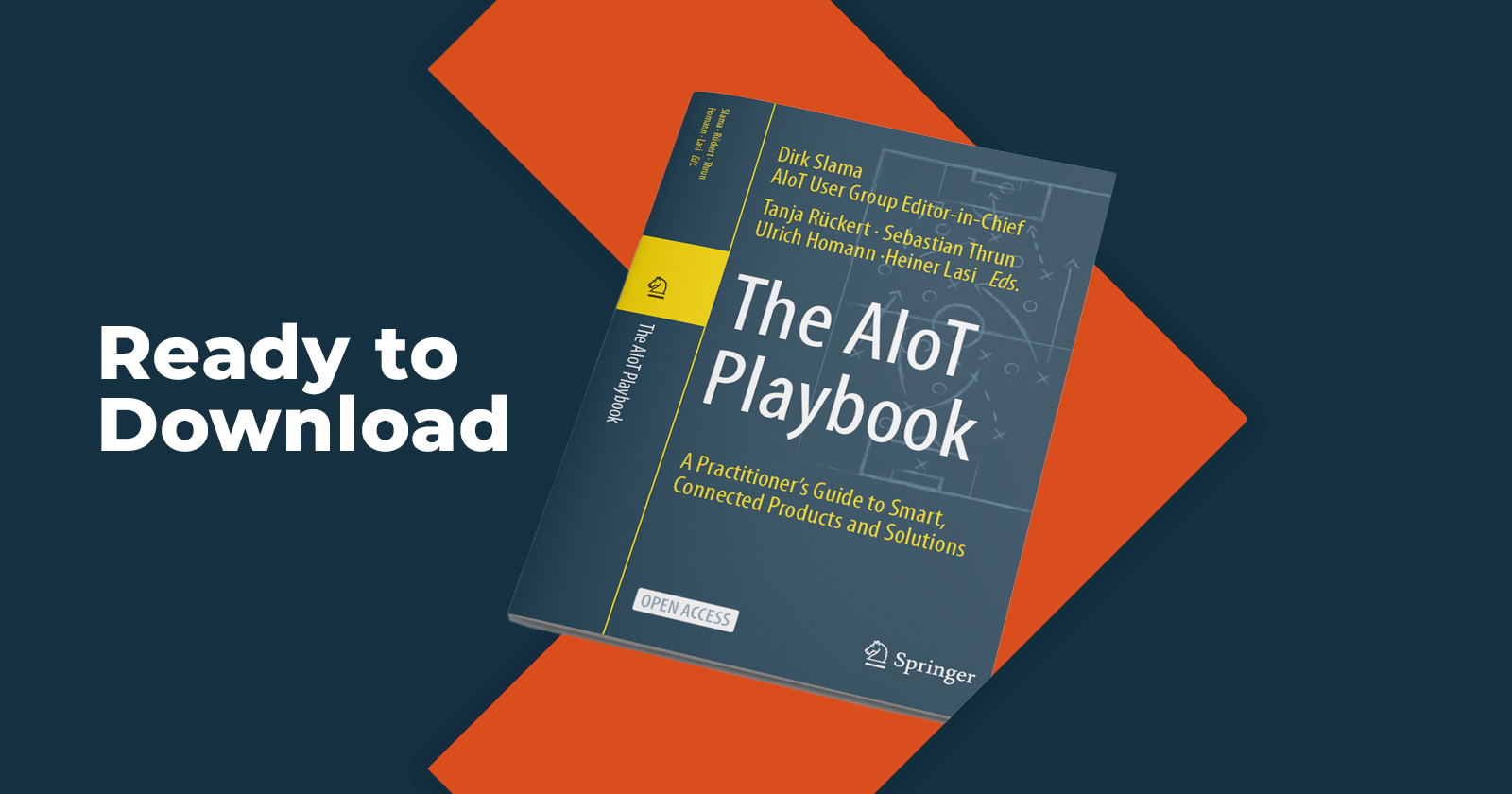Digital Industry Insight #18
Making M&A a Success – Focus on the Value Drivers
Doug Harp

Despite a compelling strategic rationale that drives many acquisitions, detailed work that goes into identifying targets, in-depth discovery, diligence, and extensive negotiations, the consensus is that a large portion (even a majority) of acquisitions fail to deliver on their promise over time. Given all the preparation, research, and vetting that goes into significant M&A deals, why is it that such a large proportion fails to deliver value to shareholders? How can companies improve the chances of success?
Of course, there are no one-size-fits-all answers given the broad range of deal sizes, types, and underlying strategic rationale. There are many reasons for success and failure. Many obstacles can be anticipated, but many challenges emerge without warning, throwing well-laid plans off balance and injecting uncertainty into the process. Strategy is important, but businesses need flexibility and agility to adjust to new market conditions, organizational conflicts, and other unexpected issues - while sustaining the strategic direction of the merger. Businesses can significantly improve the chances of merger success by focusing on value drivers as a “north star” to navigate through the deal and beyond in integration.
Realizing Deal Value over Time

Source: Global PMI Partners
The Importance of Value Drivers
There is no single reason why most M&A deals fail, but disappointment commonly arises because unrealistic expectations are set at the beginning, and results then fail against those unrealistic expectations. The deal might actually be good for the company but not as good as what was expected. Value Drivers take the emotion out of the deals by providing a logical focus on what drives value, which was central to the rationale and justification for the deal in the first place. By tracking and monitoring them you can make corrections along the way to keep the strategy on target.
While it’s important to have a defined strategy for M&A, it’s also important to have a good understanding early on how to filter through potential targets. In some larger organizations, the corporate development team will manage the deal then hand it off to the integration team after the close. What’s essential is to maintain a consistent focus on “realizing the value” behind the strategic rationale well into and past the integration phase.
Focusing on Value Drivers throughout the process will provide a framework to better inform the target selection and due diligence process then after closing to the technological and organizational integration of a merger. Value Drivers define why the business is doing the deal, what the deal will be, the expected benefits to be realized and how they should be measured. In order to chart a course for likely success, businesses need to identify their Value Drivers, carry the drivers over then track them so they are realized.
An important step to ensuring success is to bring on integration teams early to help with the due diligence process and to have a clear handoff so they can maximize the Value Drivers. In most unsuccessful cases, an integration team is brought after deal close, when they really should have been involved as early as the signing of the LOI (letter of intent).
What are Value Drivers?
Value Drivers can include any aspect of a business combination that will play an essential role in delivering the return on an M&A investment – whether those returns be financial (additional revenues, increased profitability, cost savings) and/or market related (competitive advantage, roadmap acceleration or market share gains). What puts the success of a merger at risk is the likelihood of realizing a fraction of the Value Drivers is a failure to identify and codify the Value Drivers or setting unrealistic expectations disconnected from the core deal thesis.
An example of a Value Driver could be the introduction of a new product combining features from the acquired company with existing product capabilities. What might be needed to ensure the success of this new product? Training the sales team within 3 months of the merger to sell a new product would be a key aspect of that value driver, in addition to the technical or other coordination needed to deliver the new product. Critical here also would be defining a new schedule for product release and closing the first deals with the combined product.
Another example of a Value Driver could be the realization of cost synergies from the elimination of duplicate departments or systems. A potential strategy for this Value Driver might be to design and implement a 100-day plan for the organization, tracking integration and rationalization of duplicate systems (such as HR, Finance, Sales, etc.), technological integration of back-end systems, training sales teams to close new types of deals or address new types of buyers.
Value Drivers are going to vary depending on the industry as well. For instance, Value Drivers in manufacturing will vary depending on whether the business is a process, discrete, or batch manufacturing. It’s critical that all key stakeholders have an appreciation for what’s involved in the creation of Value Drivers - and a realization that value itself is complex and multifaceted.
Where to look for Strategic Value
For businesses seeking to advance their Digital Industry strategies, there’s a plethora of potential M&A approaches to achieve business transformational, tech and talent tuck-ins, strategic growth objectives, or market consolidation. While each business will have its own specific needs, it’s more than likely that technology will play an essential role. AI and Machine Learning, vertical SaaS applications, big data and analytics, edge computing, and advanced automation have all benefited from robust VC investment giving rise to thousands of promising startups. Looking forward, the businesses that are most successful with M&A will filter through myriad options and find the targets that fit best, then execute and integrate effectively. Focusing on Value Drivers throughout the process will help maximize the probability of success, and provide an objective measure to adapt to unforeseen changes in order to deliver the desired return on investment.

Whant more information on how to define and implement your M&A strategy? Join us for our webinar on Thursday, May 14th as our panel of experts brings some clarity to the chaos:
Digital Industry M&A
Bringing Clarity to Chaos

Momenta Partners encompasses leading Strategic Advisory, Talent, and Venture practices. We’re the guiding hand behind leading industrials’ IoT strategies, over 200+ IoT leadership placements, and 40+ young IoT disruptors. Schedule a free consultation to learn more about our Digital Industry practice.





